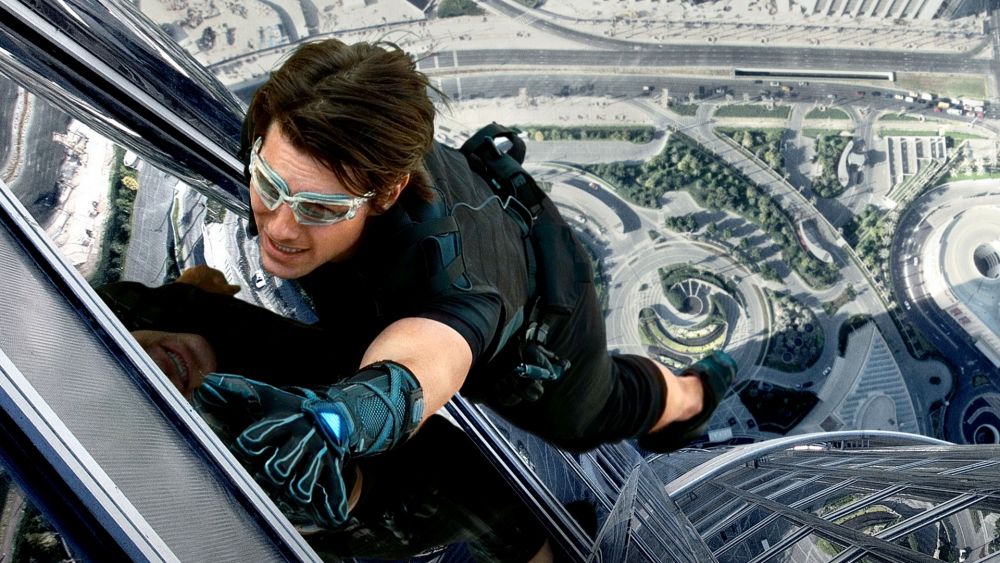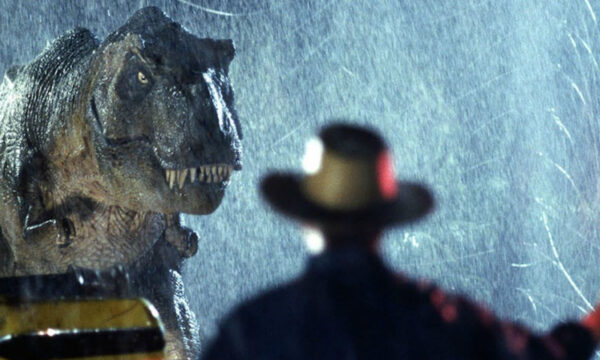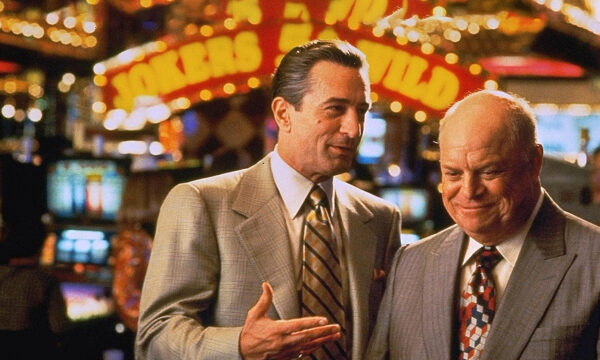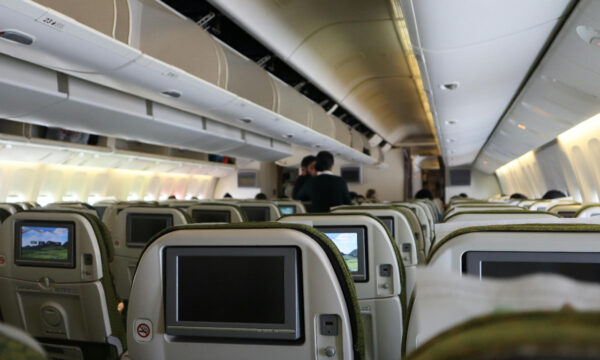Five frequently asked questions about sound effects in movies

Sound is unquestionably crucial in film: it’s 50% of the senses uses to watch a movie. Sound is dialogue. Sound reflects objects seen in the scene but also hints at the presence of things we don’t see in the scene. Sound in movies comes in three main forms: dialogue, music and effects.
Compared to dialogue and music, sound effects operate a bit more under the radar, but they have just as much potential to make or break a movie. They tell viewers more about a scene, they evoke emotion, they connect audiences to what they’re seeing, and bring a scene to life! This article puts sound effects centre stage and answers five frequently asked questions.
What are sound effects?
Sound effects or SFX are sounds beyond dialogue or music that are artificially created as part of a film’s storytelling or to add creative value. Sound effects can be synchronous or asynchronous. Synchronous sound effects match the action in a scene, e.g., a big thud sound that accompanies a bag hitting the floor. Asynchronous sound effects are background sounds that don’t match any action on-screen but bring more realism into a film, like the clinking sound of dishes and cutlery in the background of a restaurant scene.
How are sound effects used in movies?
Sound effects are almost always added to a film in post-production. That’s why film studios are called sound stages. These are soundproofed stages that eliminate any unwanted sound that could clutter the dialogue. Recording dialogue, background noise and sound effects on different audio tracks allows for a better mix and balance of the final audio track of the film. That’s how the audience can follow the dialogue in a war scene without the explosions drowning them out, for instance.
Are sound effects copyrighted?
While it is debatable how easily one could claim or defend copyrights on, e.g., a slamming door, the answer is “yes, sound effects are copyrighted.” Sound effects as part of a library are usually sold as copyrighted items. Yet, you can create your own slamming door that sounds exactly the same. It’s a bit of a grey area, but it’s always worth purchasing the necessary rights when using someone else’s creations.
What is the most used sound effect in movies?
According to its dedicated Wikipedia page, the Wilhelm Scream is the most used sound effect in movies. The agonising scream of a man was first used in the 1951 Western Distant Drums. As part of the Warner Brothers’ stock sound library, it was subsequently used in a slew of Hollywood productions, including Star Wars, Indiana Jones, Toy Story, Hercules and Game of Thrones. The sound usually accompanies someone getting shot, falling or being blasted away by an explosion.
Other commonly used sound effects: crowd chatter (called “walla” in the industry); doors opening, closing, and screeching; telephone ringtones; showers and running water; footsteps; wind; explosions; gun sounds…
What is the difference between sound effects and foley?
Technically, foley is a type of sound effect. The distinction is made between computer-based sound effects chosen from a library, as opposed to foley where a professional “performs” the sound in front of a screen and in sync with the action in the scene. Both are commonly used in film. Take Star Wars for example, where Darth Vader’s lightsaber sound is computer-designed, while the rustling of his cape is created with foley.
And there you have it!
The editorial unit























Facebook
Twitter
Instagram
YouTube
RSS